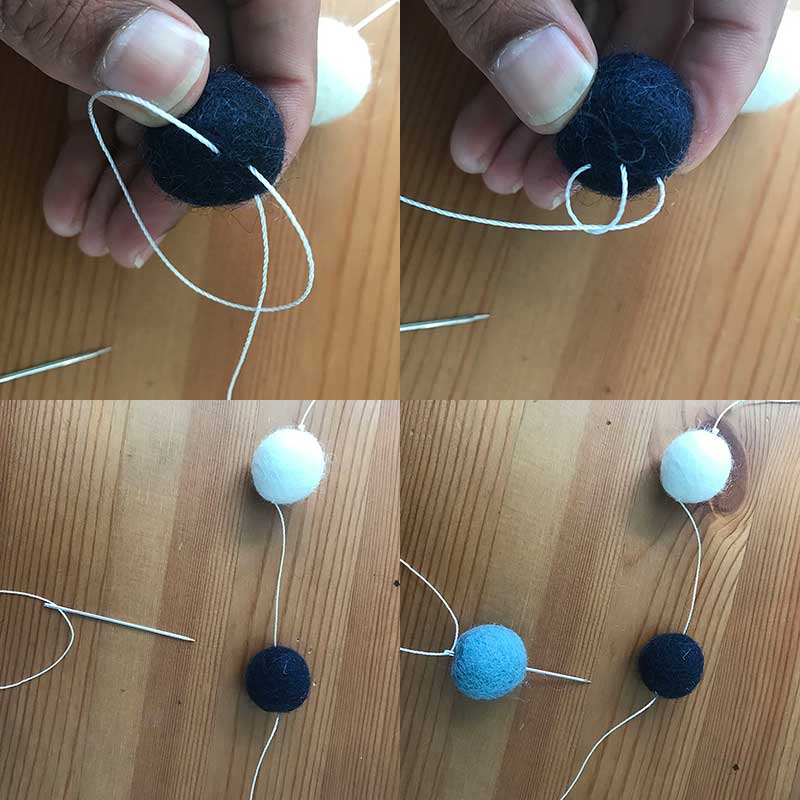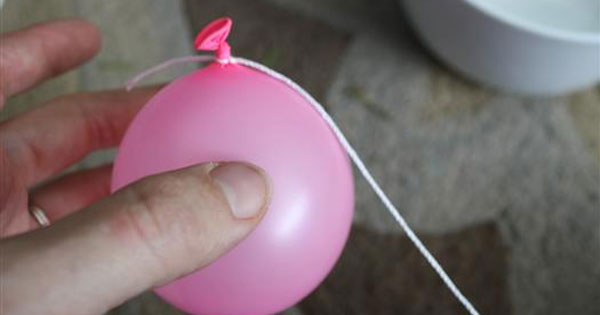

Or, use liquid laundry detergents or use a nonprecipitating water softener with a powder detergent. Increase water temperature using hottest water safe for fabric. Some powder detergents can combine with water hardness minerals to form a residue.Īdd one cup (240 ml) of white vinegar to 1 gallon (3.8 L) of warm water. Residue or streaks of powder, particularly noticeable on dark or bright colorsĪdd detergent to the water first, then add clothes and start washer. Check dryer instruction booklet to be sure dryer is operating properly. Use appropriate dryer cycle, i.e., permanent press cycle with polyester/cotton blends, etc. Dilute rinse cycle fabric softener before adding to the final rinse.Īdd a few bath towels to the dryer load to provide proper tumbling. Rub fabric softener stains with bar soap wash.Īvoid pouring fabric softener directly on fabrics. Treat with prewash stain remover or a liquid laundry detergent.

Insufficient amount of detergent to hold the soil in solution until the end of the wash cycle. Sort clothes by color, fabric and amount of soil.
#Tiny balls on ends of string install
Use a nonprecipitating water softener in both wash and rinse waters to keep the iron in solution.įor an on-going problem, install an iron filter in the water supply systemīefore washing, run the hot water for a few minutes to clear the lines. Repeat if necessary.ĭo not use sodium hypochlorite bleach to remove rust stains it may intensify discoloration.

To restore discolored load of white clothes, use a rust remover recommended for fabrics. If caused by fabric softener, rub stains with bar soap, wash.Īdd product first, then clothes and start washer.ĭilute fabric softener before adding to wash or rinse cycle, or to dispenser. If caused by a detergent or powdered laundry aid, add 1 cup (240 ml) of white vinegar to 1 quart (.95L) of water. Use of sodium hypochlorite bleach on silk, wool or spandex items.ĭo not use sodium hypochlorite bleach on wool or spandex items.įailure of a blue coloring in detergent, laundry aid or fabric softener to dissolve or disperse. Launder frequently with a laundry detergent and in a washer with water at least 100 degrees F (38 degrees C). Or, treat with a color remover by soaking according to package directions. Increase the amount of detergent and/or use a detergent booster or bleach.įor extremely discolored synthetics that cannot be bleached with sodium hypochlorite bleach, soak in a product containing enzymes or a detergent booster. Wash in hot water, at least 130 degrees F (54 degrees C) using a permanent press cycle (with a cool-down that lowers the water temperature before the first spin). Handwashing synthetic fabrics with a light duty detergent. Treating synthetic fabrics as "delicate," thus giving them short, gentle, cool washes. Increase the amount of detergent and/or use a product containing enzymes, detergent booster or bleach. Use a sufficient amount of detergent and wash in hottest water safe for fabric. Rewash with an increased amount of detergent and in hottest water safe for the fabric. Treat entire item with prewash stain remover or soak in a concentrated solution of a liquid laundry detergent.

Insufficient use of detergent after treating with prewash stain remover. Separate white or white background prints that are colorfast, colored pastels in solids and prints, medium and bright colors, and dark colors. Use a sufficient amount of detergent, hottest water and bleach safe for fabric. Separate heavily soiled items from lightly soiled ones. Quickly rewash with detergent and a bleach safe for fabric. Use bleach that is safe for fabric.ĭo not dry items. Rewash with an increased amount of detergent and hottest water safe for fabric. Increase the amount of detergent and/or use a detergent booster or bleach.
#Tiny balls on ends of string how to
Our laundry basics guide has more information on how to do laundry. Ways to prevent problems from occurring are also given. Here are the typical problems with causes and treatments most likely to solve them. The majority of laundering questions that arise today have to do with poor cleaning results, poor soil and stain removal, residues of lint and scum, and fabric damage.


 0 kommentar(er)
0 kommentar(er)
